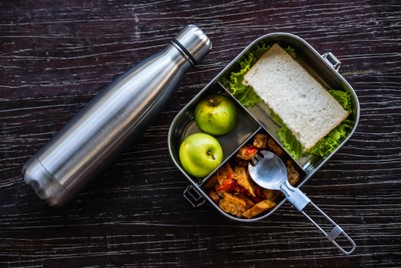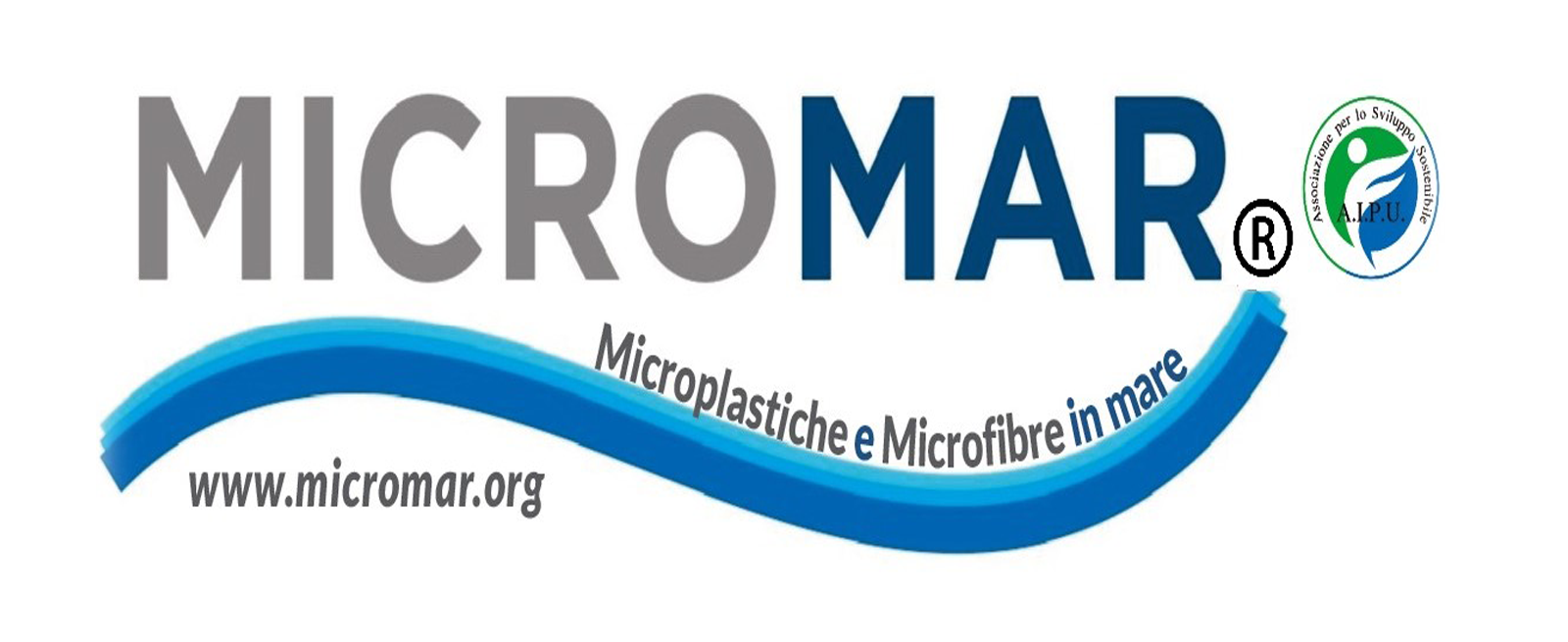It only takes a few seconds of attention to start the school year with the use of very little plastic, or rather without!
Start the school year without plastic.
With back-to-school season now underway, it may seem like plastic is everywhere: plastic binders, pens, scissors, and other supplies, as well as plastic-wrapped snacks and single-use water bottles, overflowing store shelves. This is despite the fact that plastic, microplastics, and the chemicals in plastic pose serious health hazards to humans, especially young people . Yet with a little planning, it’s actually relatively easy and affordable for parents and caregivers to help students get started with healthy, plastic-free school supplies for the year ahead. From the classroom to the cafeteria, and from supplies to common use, here are four great ways to incorporate solutions to plastic pollution into schools.
1. Choose materials plastic free
 Before you go shopping for back-to-school supplies, keep in mind that it is both environmentally friendly and economical to reuse what you already own to reduce the amount of stuff you need to buy. School supplies from older siblings or family members can sometimes work as hand-me-downs. Binders, folders, rulers, scissors, and other similar supplies can last for years if well cared for. If you need new school supplies, consider plastic-free options. Refillable pens are a good choice over disposable plastic pens, and wooden and metal rulers are good alternatives to plastic. Cover textbooks at home with butcher paper or used paper grocery bags instead of purchasing plastic or synthetic fabric covers. Avoiding plastic products like vinyl binders can reduce exposure to microplastics and harmful chemicals.
Before you go shopping for back-to-school supplies, keep in mind that it is both environmentally friendly and economical to reuse what you already own to reduce the amount of stuff you need to buy. School supplies from older siblings or family members can sometimes work as hand-me-downs. Binders, folders, rulers, scissors, and other similar supplies can last for years if well cared for. If you need new school supplies, consider plastic-free options. Refillable pens are a good choice over disposable plastic pens, and wooden and metal rulers are good alternatives to plastic. Cover textbooks at home with butcher paper or used paper grocery bags instead of purchasing plastic or synthetic fabric covers. Avoiding plastic products like vinyl binders can reduce exposure to microplastics and harmful chemicals.
2. Choose climate-friendly backpacks and clothing
Reuse last year's backpack if it's in good condition, or repair it if it's worn out. If it's time for a new backpack, buy secondhand or look for backpacks made from natural materials like canvas or organic cotton. When packing your wardrobe, consider using thrifted clothing or buying secondhand, which can reduce the negative effects of textile production on the environment. Avoid plastic clothing: Check labels for synthetic fibers like acrylic, polyester, nylon, spandex, and do your best to avoid them. Look for plant-based clothing, which will have natural fibers like cotton, hemp, flax, cork, and bamboo on the labels. Shoes are commonly made of plastic and synthetic materials, so when you can, look for shoes that are completely or mostly made of canvas, cotton, wool, and other natural materials.

3. Thinking Consciously About Plastic and Climate Teaching students about plastic pollution and the climate crisis can help create change that lasts generations. Share these resources with your children's teachers:
Teaching students about plastic pollution and the climate crisis can help create change that lasts generations. Share these resources with your children's teachers:
• Trash Academy/La Academia de Basura is a virtual lecture series on plastic pollution that combines education, outreach, and community science. Gyres in a multi-phase teaching platform available in English and Spanish.
• The Wayfinder Society di Algalita has created an engaging online hub with tools and support for students who want to take action against plastic pollution, as well as guidance on how to take action.
• Teachers resources of California della California Coastal Commission offer a range of tools to help students understand and address plastic pollution, including curriculum and resources, streaming videos, an educational network, and an events calendar.
• Le risorse di PPC per la creazione di scuole senza plastica provide advice on how to use a list of these and other useful tools to help schools in their transformation.
4. Creating Plastic-Free School Meals and Canteens
 Single-use plastics and plastic items are often common in school cafeterias and lunch boxes. If your student is bringing lunch to school: Look around your home for reusable items before purchasing new ones. Consider:
Single-use plastics and plastic items are often common in school cafeterias and lunch boxes. If your student is bringing lunch to school: Look around your home for reusable items before purchasing new ones. Consider:
• Portable, sealable, stainless steel food containers are great substitutes for typical single-use plastic zip-lock bags, plastic wrap, or aluminum and plastic containers
• Homemade reusable stainless steel utensils, bamboo utensils, and stainless steel or glass straws are great, long-lasting alternatives to their harmful single-use plastic counterparts.
• Reusable stainless steel water bottles are a durable choice for students, they are also healthy, durable, affordable, and easy to use and clean. Consider stainless steel bottles, each with a unique look to appeal to students of all ages, from toddlers to teens. Research shows that there is at least 50% more microplastic in bottled (plastic) water than tap water, and plastic bottles, like all plastics, contain chemicals that are harmful to human health. And buying plastic bottles is expensive, while reusable water bottles filled with filtered water save money.
• Beeswax wraps can cover food scraps and fold into a convenient pocket to hold snacks. To care for beeswax wraps, simply wash them with non-toxic soap and cold water and let them dry before reusing. Replace beeswax wraps when they look worn out (they are compostable).
Reusable glass containers are another good alternative to plastic and can also be very cost-effective if reused, such as jam or jelly jars. However, we do not recommend glass for young children as it can be dangerous if broken, which is why stronger stainless steel is usually a better option. Encourage schools to take steps to eliminate plastic at mealtimes.
Let's take action!
Let's advocate for broader system change to eliminate plastic pollution from schools.


 English (United Kingdom)
English (United Kingdom)  Italiano (it-IT)
Italiano (it-IT)